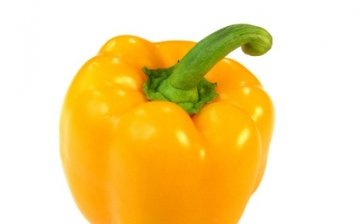Sweet peppers - an overview
Sweet peppers play an important role among fresh vegetables. It has a fragrant fleshy pulp and a pronounced taste. In addition, it contains many useful substances, for example, vitamins A, C (it was this vitamin that was first isolated from the fruits of sweet pepper) and E, a complex of vitamins B and P, carotene, calcium and phosphorus salts, proteins and carbohydrates, nicotine and folic acid and more.
However, few people know that sweet peppers became exactly sweet a few decades ago. Before that, for about 200 years, it contained pungency and bitterness due to a large amount of capsaicin. Subsequently, 232 varieties of sweet pepper varieties and its hybrids were bred.
Growing sweet peppers is not a tricky business for an experienced gardener. The first step is to plant seeds (1-2 pcs) in prepared soil, consisting of garden soil and sand 1: 1 or from garden soil and peat soil. Drizzle with water with a little potassium permanganate, put in a box and cover with foil. Then put in a warm place (25-27 degrees) until the first shoots. Seeds are planted 65 days before planting seedlings in garden beds.
The grown seedlings in cups must be thoroughly watered, since sweet peppers do not like dryness, but there is also nothing to do with excess moisture. Once every 10 days, seedlings should be fertilized with special mineral fertilizers. When the root system is fairly stable, sweet peppers can be transplanted into soil holes at a distance of 40-50 cm from each other.
Then the further cultivation of pepper requires two main points: good watering (growth stops in drought) and 2-3 times feeding (with urea or infusion of bird droppings).



